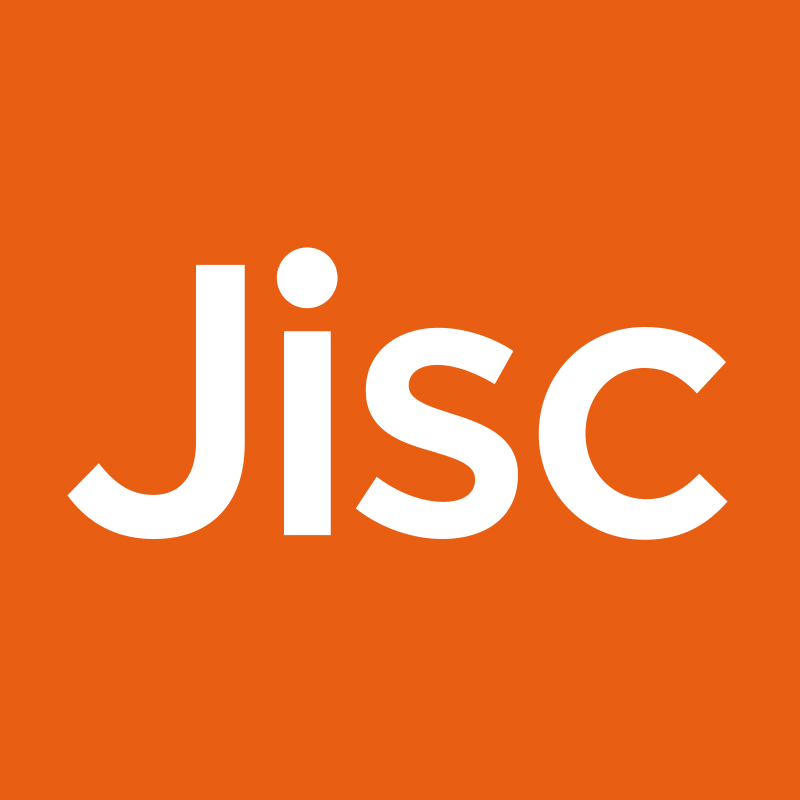It is nice to see project blogs packed with interesting facts and updates. I recently enjoyed this post on musical and sculptural uses of Seal Level data from Rescuing Historical UK Sea Levels Data, a project being undertaken at the British Oceanographic Data Centre (see some more recent posts as well).
Then there is this lovely post about presenting historical maps using Google Maps technologies from the already launched Old Maps Online project (Google think it’s cool!). I really did not know that you could use so much free technology to provide your customers with an enhanced visual experience, though the post also shows that it is hard to please everyone all of the time.
Finally the Integrating Broadside Ballads project posted something a bit more technical regarding the quantification of Broadsides as part of the process of ensuring one-to-one representation between the catalogue record and the physical manifestation of the item.
This reminds me of my own experience of counting things in Libraries! During the Archival Sound Recordings project we spent an inordinate amount of time trying to ensure we had an accurate count of the hours of audio we had digitised. Our target was 4,000 hours, but how does one account for instances where a recordist has forgotten to press stop when taking a break from an interview, or gain an accurate count of 78 rpm discs where the original holding estimates were less than accurate? Then there was the instance of a single reel-to reel-tape containing 100+ edits; each edit could have constituted a recording or multiple parts thereof. Get your calculator out!
